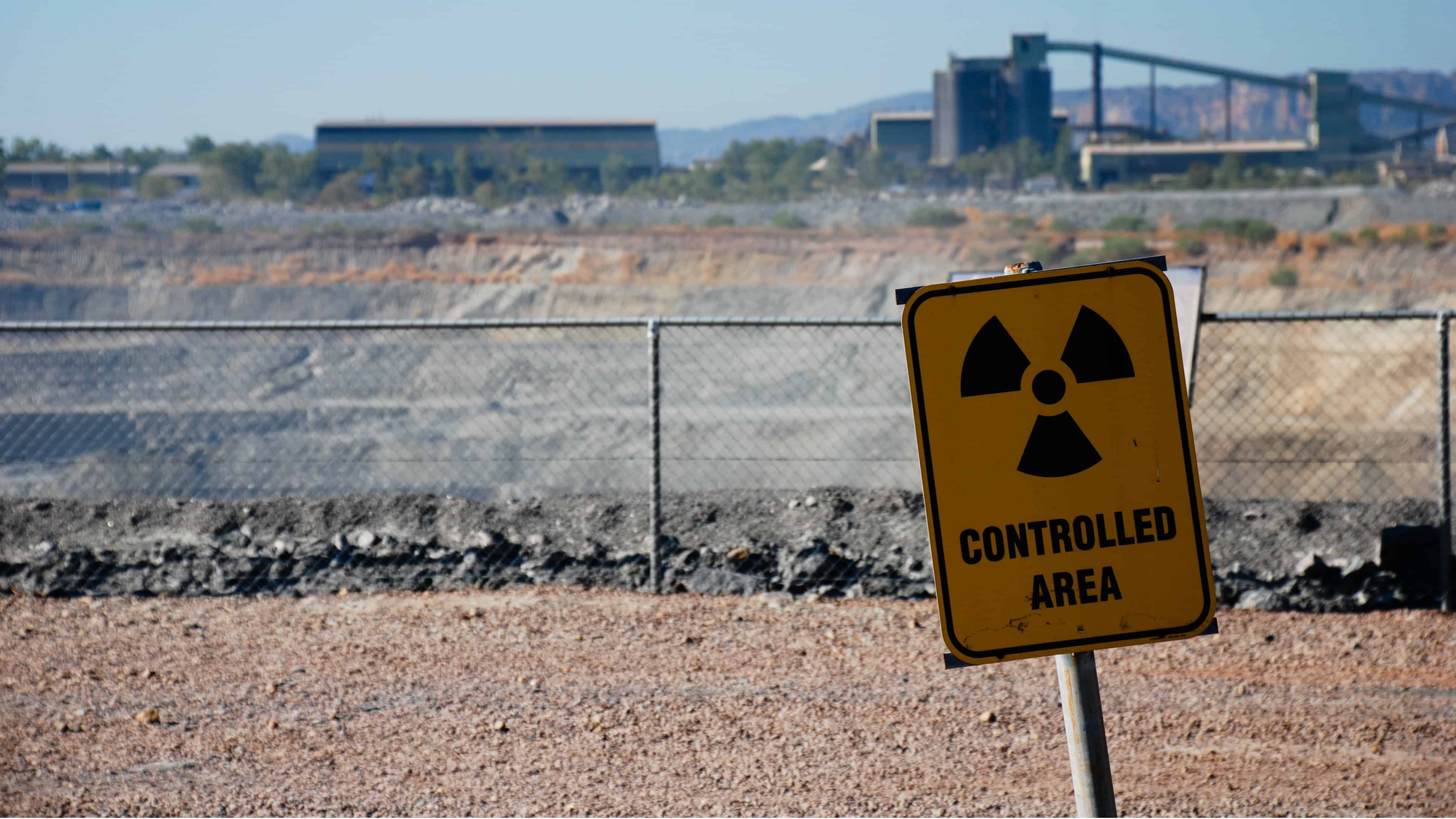Cameco Corp. (TSX:CCO)(NYSE:CCJ) rallied as much as 16.45% yesterday, as a general rally in all uranium names was triggered by a significant news announcement from the biggest uranium-mining nation of Kazakhstan.
One of the world’s largest uranium mining firms, KazAtomProm, a Kazakhstan state-controlled uranium miner, announced on Monday that it is further reducing its planned uranium production by 20% over the next three years, starting January 2018, to align output with expected market demand.
This is a very significant market-moving news piece which strongly supports Cameco’s moves in November to suspend 2018 production for 10 months at its flagship McArthur River mine and put the Key Lake milling operation under care and maintenance during the same period.
The latest Kazakhstan move follows another 10% production cut by this leading uranium producer announced in January this year. The news has a significant compounding effect to Cameco’s latest efforts to remove excess supply of primary uranium mine production in a market where demand continues to be subdued after the 2011 Fukushima nuclear disaster resulted in several nuclear reactors being taken offline in Japan.
As things stands, the two world leaders in nuclear fuel production have joined hands in curbing the product oversupply, and the tactics may significantly lift uranium spot prices in the near term.
However, there seems to be a catch for Cameco’s profitability in the short term.
The catch
Cameco was evidently planning on increasing its purchasing activity in the spot market to feed into its contract deliveries over the next 10 months during the McArthur mine shutdown. While the global leader in uranium still has some stockpiles of mined material, there could be a little problem if these stockpiles run out before production resumes at McArthur.
The latest move from Kazakhstan could swiftly lift uranium spot prices and thus put Cameco in a tricky situation where profit margins from spot market purchases dry up as the spot prices rise for Cameco’s contract prices.
Thus, Cameco may be forced to reconsider kickstarting new production from idled mines to remain profitable. However, any such attempts could lead to new material oversupply and reverse any gains from lower-cost mined material as spot prices recede once more.
It is therefore critical that new uranium demand emerge in the near term for the market to sustain higher spot and contract prices. Such new demand is anticipated from China, India, Japan, and other jurisdictions, but is not yet clearly visible and may take several years to sustain a higher market price equilibrium.
Taken from another angle though, Cameco may be able to enter new supply contracts, as spot prices rise, as uranium consumers rush to lock in lower prices in anticipation of higher future spot prices in the future, and as the current surplus supply is whittled down.
Investor takeaway
The latest news piece from Kazakhstan is a welcome development that significantly supports Cameco’s recent production cut and could lead to some significant increases in uranium spot prices in the near term, but there is need for new demand growth to help sustain higher market prices.
The hanging judgement on the yet-to-be-settled tax dispute with the Canada Revenue Agency (CRA) puts a dent on a long term pro-investment thesis on Cameco due to the significant equity risk the case presents.
Until this case is closed (probably in 2018), Cameco’s equity valuation will remain very volatile, and it will be a risky long-term hold candidate, but good for short-term trades. An investment in other uranium-related names could best catch the turnaround wave in the uranium mining sector, as the market awaits the ruling on Cameco’s CRA case.







